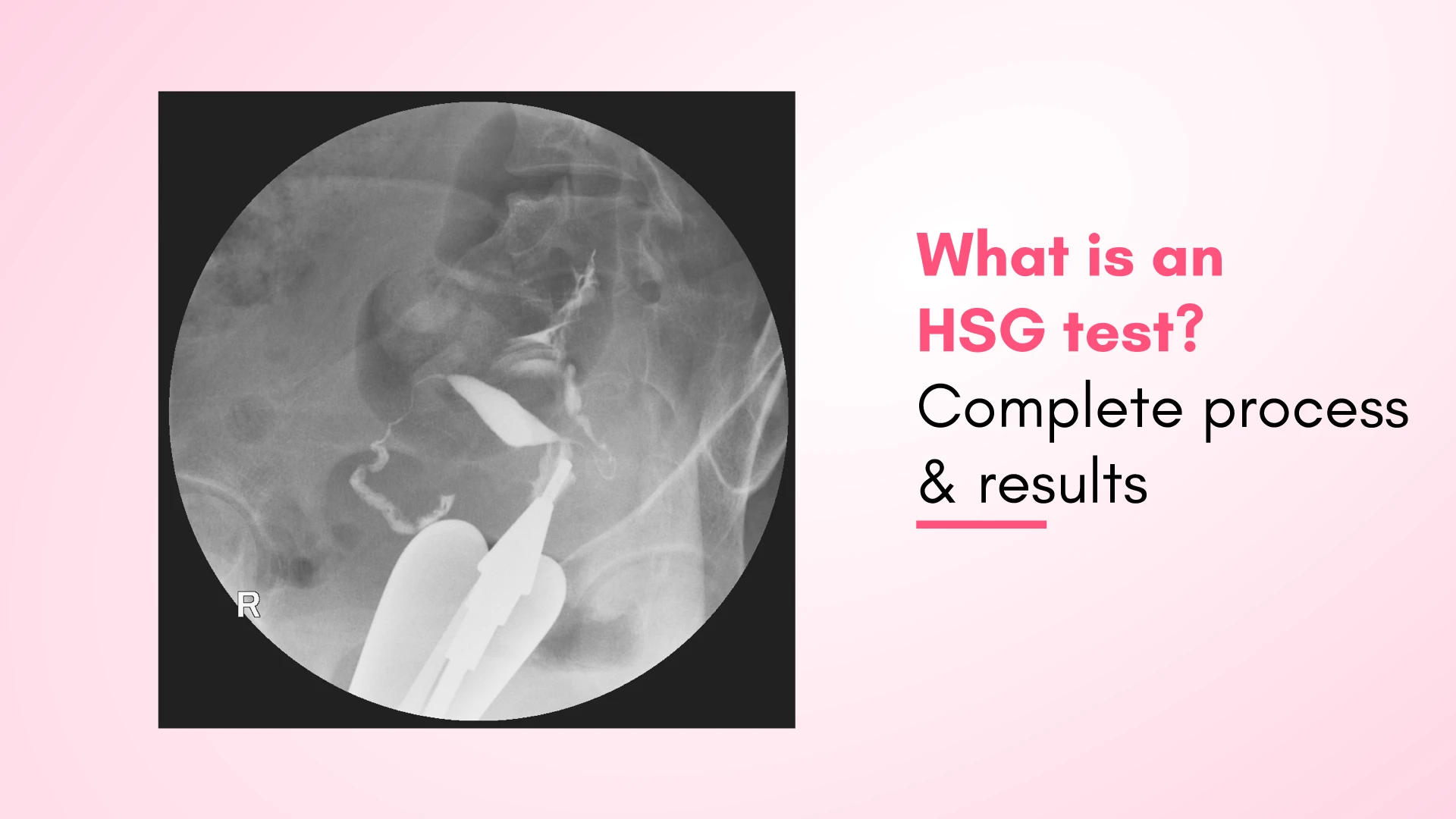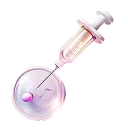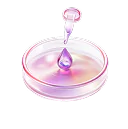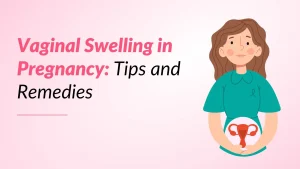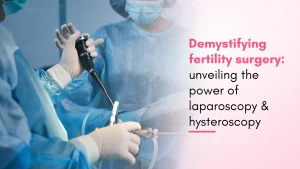Are you trying to conceive but have not succeeded so far? Infertility can be a challenging and emotional journey, especially when you’ve been trying for a long time. Many factors influence the ability to conceive, including sperm count and motility, ovulation, and menstrual cycles. Any issue in these areas can make pregnancy more difficult. However, with the right support and medical care, treating these issues becomes easier.
One common cause of infertility is the blockage of the fallopian tubes, which accounts for 30-40% of infertility in women. To diagnose this, fertility experts often recommend an HSG test.
This article will explore the HSG test and its procedure, guiding you through each step with care and understanding.
What is an HSG Test for Pregnancy?
The hysterosalpingogram (HSG) is a procedure that provides valuable insights into the female reproductive system., HSG test is crucial in assessing female infertility by identifying issues like blocked fallopian tubes. This helps determine the chances of natural conception and the need for assisted reproductive technologies.
The Role Of Fallopian Tubes
Fallopian tubes play a crucial role in the female reproductive system. These tube-like structures transport the egg from the ovary to the uterus, where the baby grows and receives essential nutrients for development. .Fertilization occurs in the fallopian tubes. Without functional tubes, the egg won’t be picked up by the tubes, and sperm can’t reach the egg, making fertilization impossible. Even if fertilization occurs, the fertilized egg may not reach the uterus, hindering pregnancy. The HSG test is performed to ensure that the fallopian tubes are open, providing a clear path forward for those facing infertility.
What Causes Blockage in the Fallopian Tubes?
Several factors can cause blockages in the fallopian tubes, including:
- Pelvic Inflammatory Disease (PID): Infections in the pelvic area can lead to scarring or blockage of the fallopian tubes.
- Endometriosis: Endometrial tissue can accumulate in the tubes, causing blockages.
- Sexually Transmitted Infections (STIs): STIs like gonorrhea and chlamydia can result in scarring and inflammation, leading to blocked tubes.
- Past Ectopic Pregnancy: Scar tissue from a previous ectopic pregnancy can affect the tubes.
- Abdominal Surgery: Previous surgeries, especially those involving the fallopian tubes, can cause adhesions that block them
These factors, along with other lifestyle factors and genetics, can lead to blocked fallopian tubes. The HSG test helps pinpoint the exact cause, bringing clarity and direction to your fertility journey.
HSG Test Procedure
It is an imaging procedure performed under the guidance of fertility experts. It involves injecting a contrast dye into the uterus through a thin tube called a catheter. This dye fills the uterus and fallopian tubes, which are then visualized on X-ray images. Before the procedure, please inform your doctor if you have any allergies to iodine.
The procedure typically takes 15 to 30 minutes in the fertility clinic‘s radiology department. It is safe and has minimal side effects. You will be asked to empty your bladder before the procedure. You will then lie on an X-ray table, and a speculum will be inserted into your vagina to visualize the cervix. A catheter is then inserted through the cervix into the uterus, and the contrast dye is injected.
When is the HSG Test Done?
The HSG test is usually conducted in the first half of a woman’s menstrual cycle, preferably between 7-10 days after menstruation. This timing aligns with ovulation and reduces the risk of exposing a fertilized egg to X-rays.
The test uses a special fluoroscopic X-ray to evaluate the openness (patency) of the fallopian tubes and the shape of the uterine cavity. By identifying blockages, the HSG test helps couples plan their next steps in treating infertility. It is also recommended for women experiencing recurrent miscarriages, uterine anomalies, or abnormal vaginal bleeding.
What To Expect After the HSG Test Procedure?
After the HSG test, it is common to experience mild cramping and discomfort, which usually subsides within a few hours. Light spotting or bleeding is also normal. It is essential to rest and avoid strenuous activities until you feel better. Your fertility specialist may provide painkillers to alleviate any discomfort. Follow the post-test care instructions carefully, which may include abstaining from intercourse for a few days and using pads instead of tampons.
Conclusion
Facing fertility issues can be incredibly challenging, but with the right expertise and a compassionate medical team, your dream of becoming a parent can come true. Diagnostic tests like the HSG test provide crucial insights into factors influencing infertility. With the right guidance from a fertility specialist at a reputable clinic like Ferty9, you can navigate through fertility challenges and move closer to achieving a successful pregnancy.







